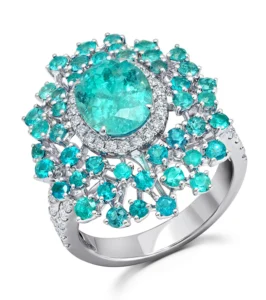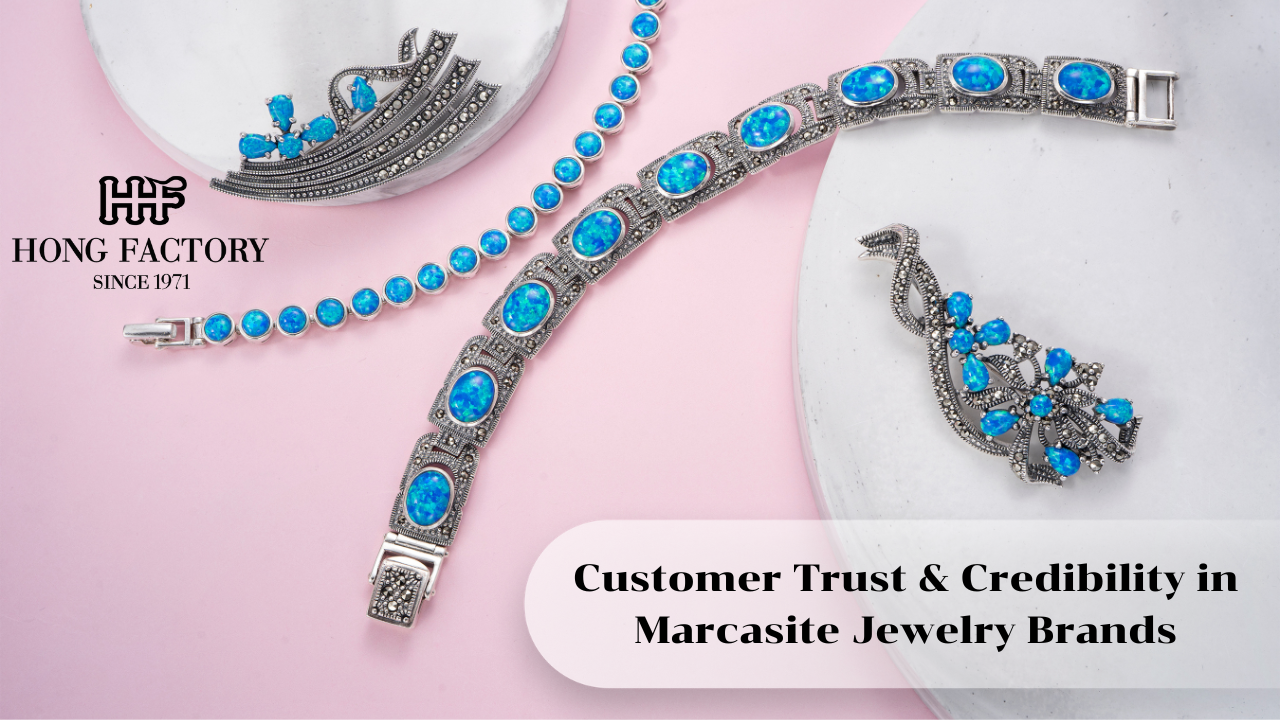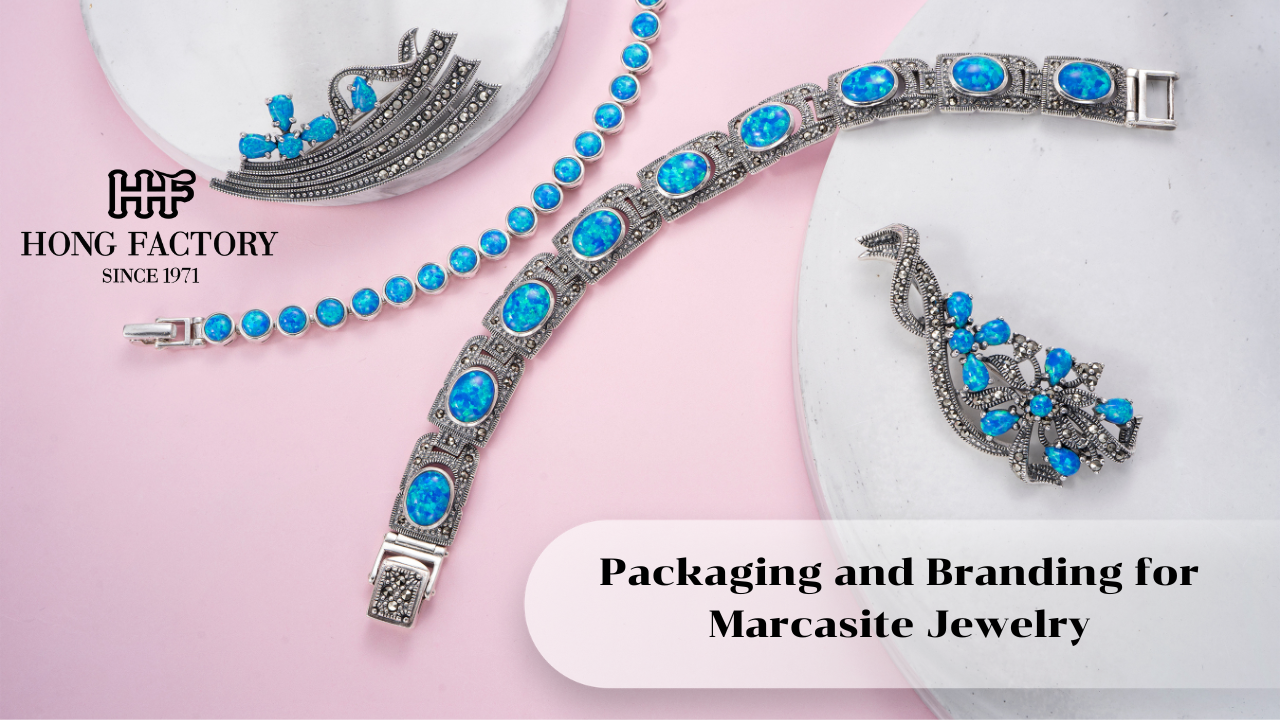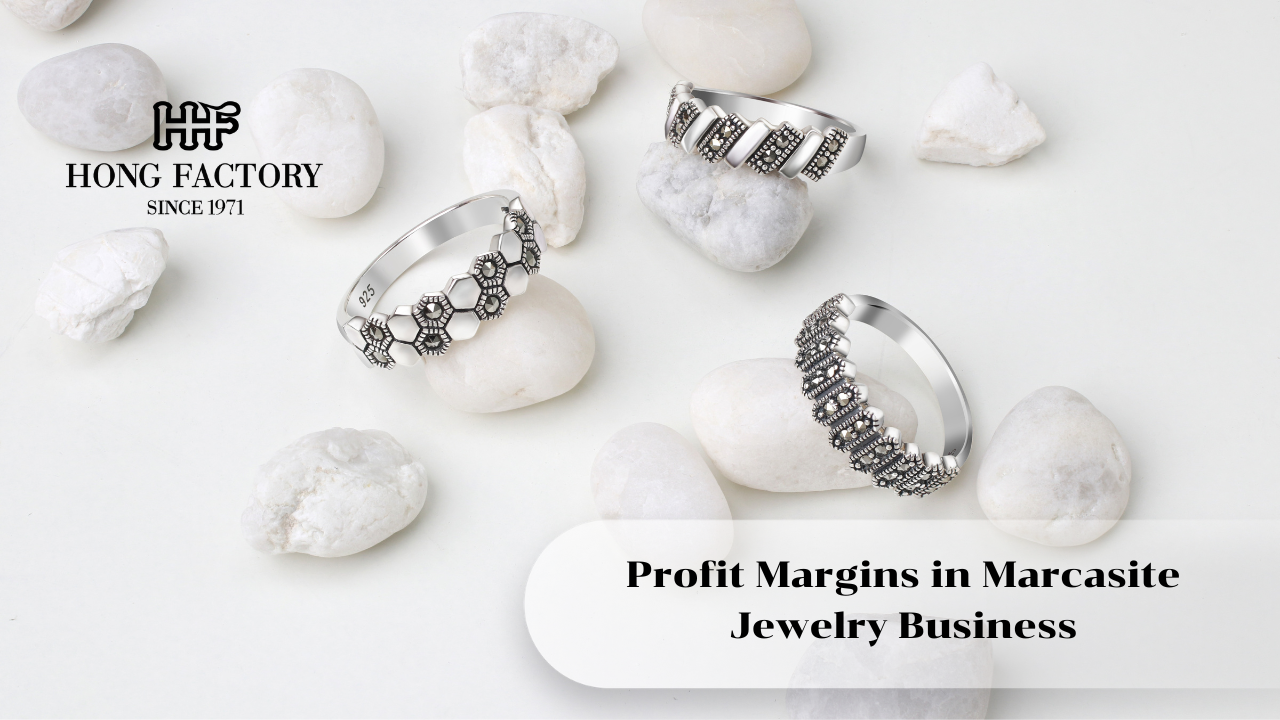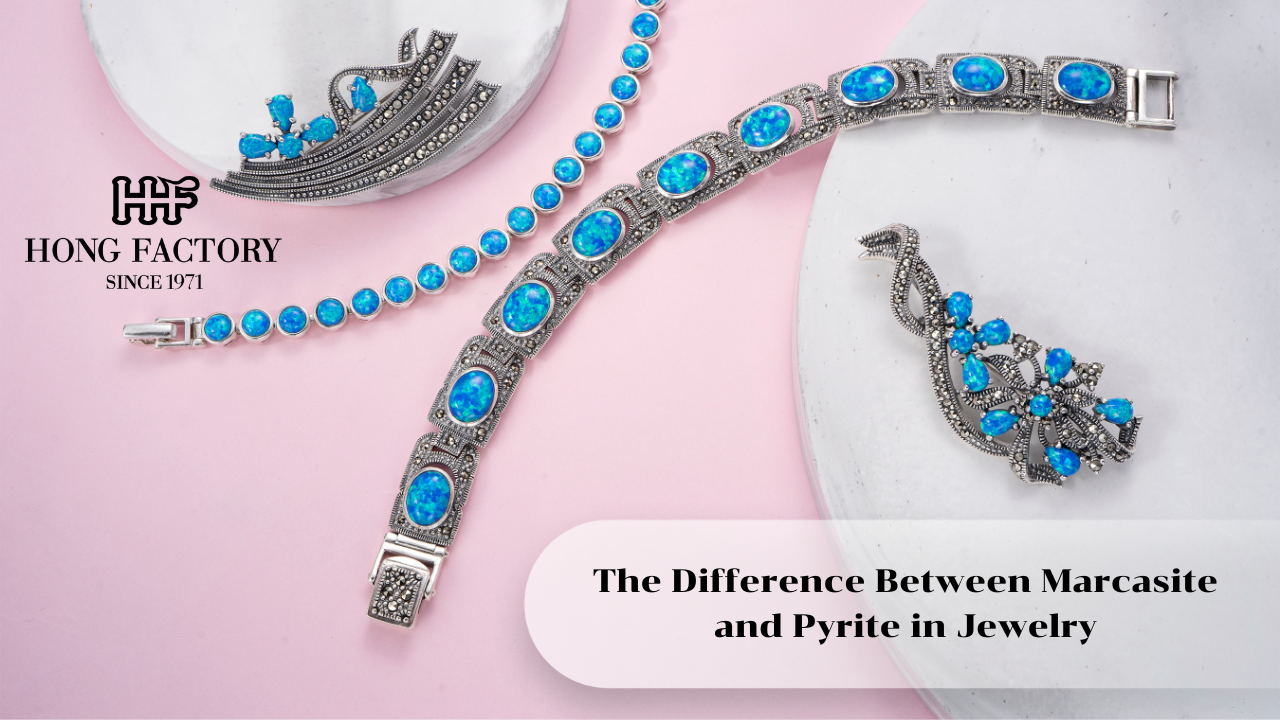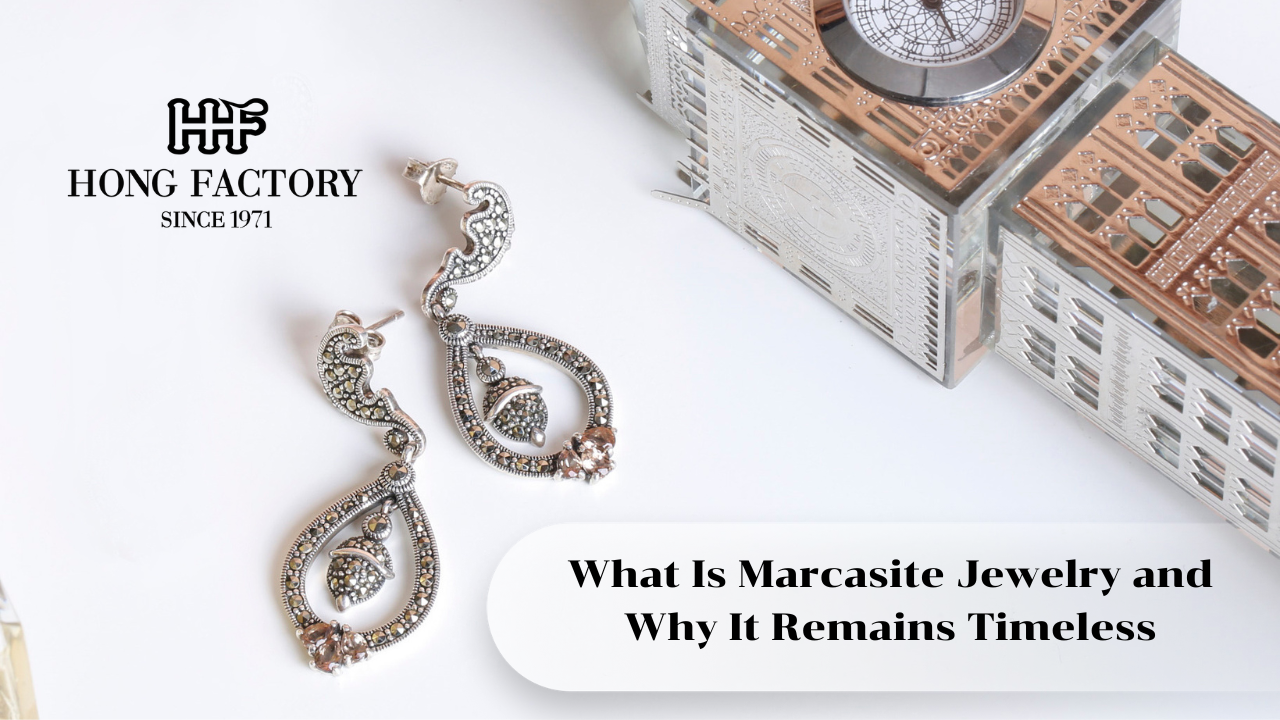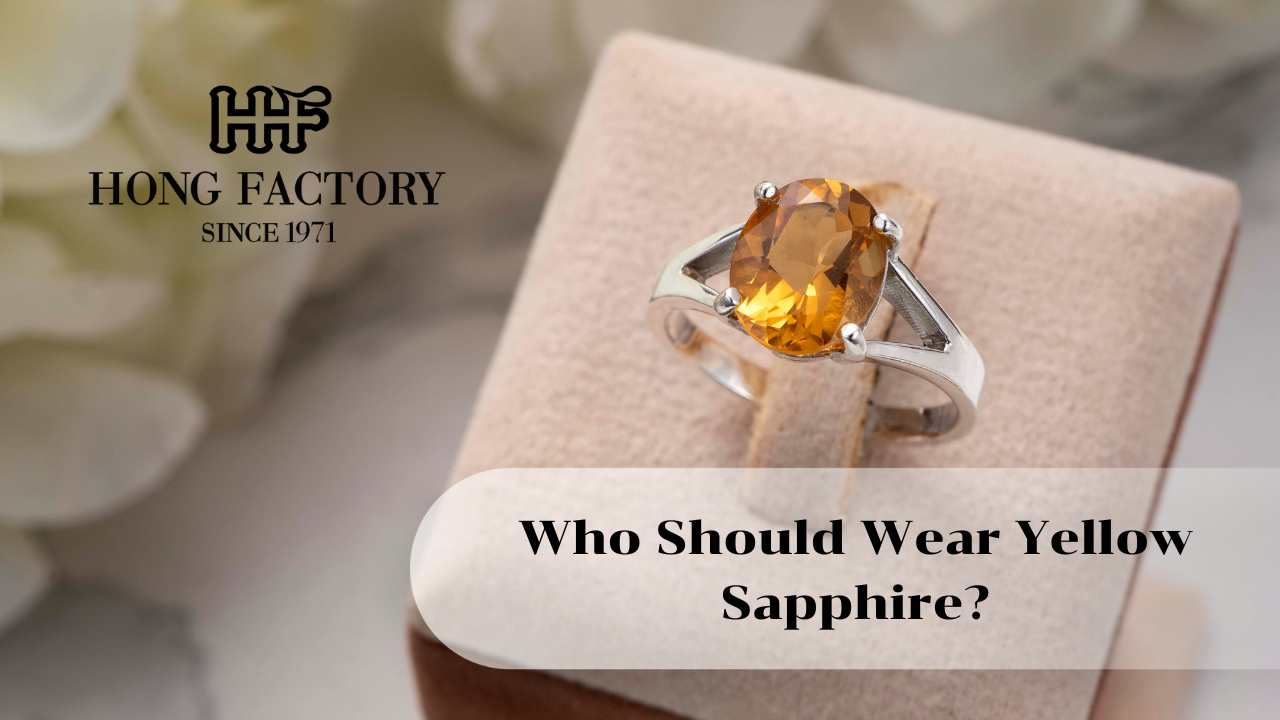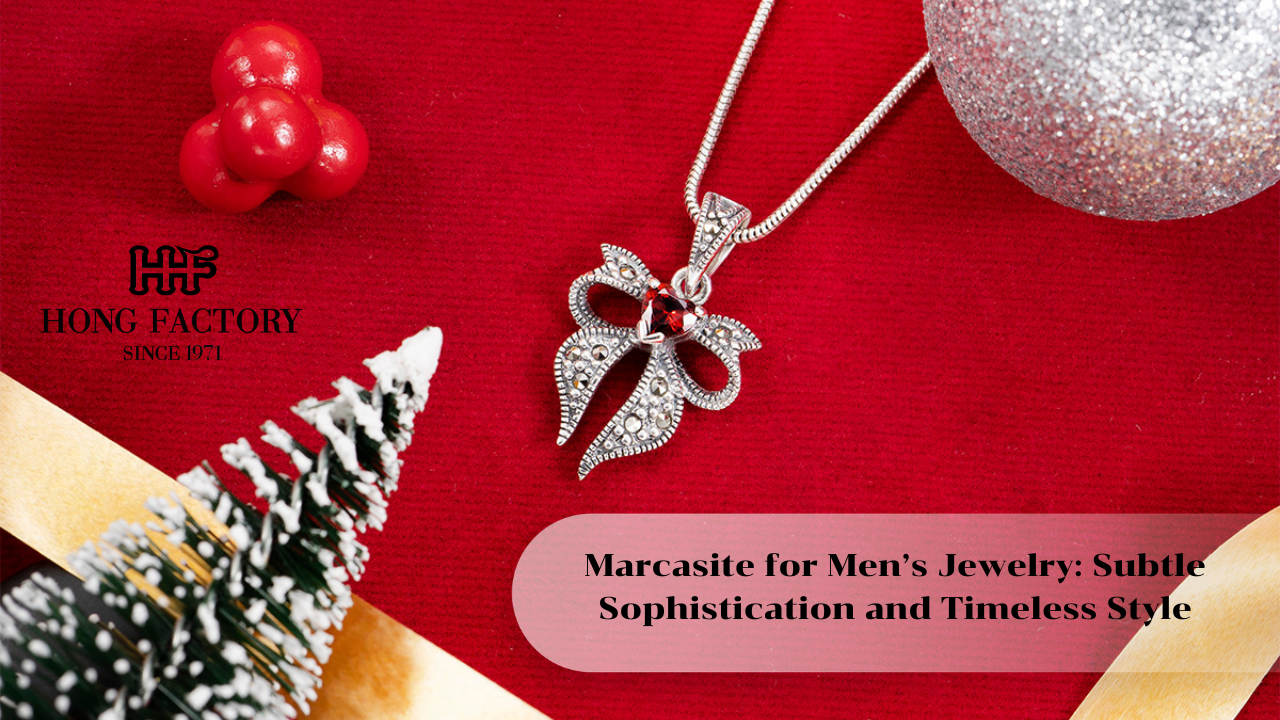The origin of a gemstone plays a crucial role in determining its value, rarity, and desirability. Certain locations are renowned for producing high-quality gemstones with distinct characteristics that set them apart from those mined elsewhere. From the legendary rubies of Burma to the mesmerizing sapphires of Kashmir, a gemstone’s geographical source can significantly influence its market price and prestige. This article explores how origin affects gemstone value and why some sources are more sought after than others.
The Role of Origin in Gemstone Value
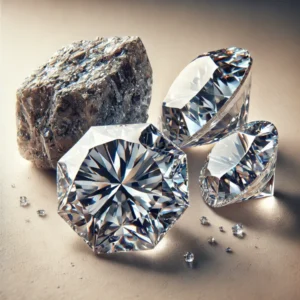
1. Why Does Origin Matter?
The origin of a gemstone impacts its value due to several factors:
- Quality and Rarity – Some locations produce stones with superior color, clarity, or brilliance.
- Historical Significance – Certain mines have legendary reputations that add to the gemstone’s appeal.
- Geological Conditions – Unique environmental factors can create rare and distinctive gems.
- Market Demand – Consumers and collectors often prefer stones from specific regions, driving up prices.
Gemstone provenance is so important that leading gemological laboratories, such as GIA (Gemological Institute of America) and SSEF (Swiss Gemological Institute), provide origin reports that help authenticate a stone’s source.
2. High-Value Gemstones and Their Origins
Some gemstones are more valuable due to their country of origin. Here are some of the most prestigious gemstone sources:
a. Burmese Rubies (Myanmar)
- Burmese rubies, especially from the Mogok Valley, are considered the finest in the world.
- They are prized for their “pigeon’s blood” red color, strong fluorescence, and minimal inclusions.
- The depletion of top-quality rubies from Myanmar has further increased their rarity and value.
b. Kashmir Sapphires (India)
- Kashmir sapphires are known for their deep, velvety blue color and exceptional transparency.
- The mines in Kashmir were exhausted in the early 20th century, making these sapphires incredibly rare.
- Due to their historical significance and scarcity, Kashmir sapphires command some of the highest prices at auctions.
c. Colombian Emeralds (Colombia)
- Colombian emeralds are famous for their intense green color, often attributed to their high chromium content.
- The finest emeralds come from the Muzo, Chivor, and Coscuez mines.
- Unlike emeralds from other regions, Colombian stones typically have a softer, more luminous glow.
d. Brazilian Paraiba Tourmaline (Brazil)
- Paraiba tourmaline from Brazil is distinguished by its neon blue to green hues, caused by copper content.
- These stones are extremely rare, and their electric color makes them highly desirable.
- Due to limited supply, Brazilian Paraiba tourmalines often sell for record-breaking prices.
e. Sri Lankan Sapphires (Ceylon)
- Ceylon sapphires, found in Sri Lanka, are known for their bright, vivid blue shades and exceptional clarity.
- They tend to have a lighter and more vibrant hue compared to darker sapphires from other sources.
- Sri Lanka has also been a major source of padparadscha sapphires, prized for their unique pink-orange color.
f. Australian Opals (Australia)
- Australia produces over 90% of the world’s opals, with Lightning Ridge being the premier source of black opals.
- Black opals from Australia exhibit an intense play-of-color, making them more valuable than common opals from other regions.
- White and boulder opals from Australia are also highly sought after for their striking iridescence.
3. How Origin Affects Pricing
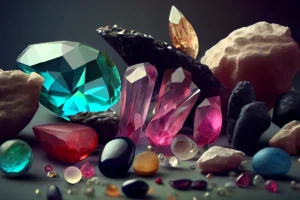
The value of a gemstone can fluctuate dramatically based on its origin. Several key factors influence this:
- Scarcity – If a mine is depleted or no longer operational, gemstones from that location become even more valuable.
- Reputation – Certain regions have built a legacy of producing exceptional gems, increasing their demand.
- Quality Standards – Some mining areas consistently produce higher-quality gemstones, making stones from that source more desirable.
For example, a Burmese ruby of similar carat weight and clarity may sell for significantly more than a Thai or African ruby due to its richer red hue and historical prestige.
4. Origin Verification and Certification

Determining a gemstone’s origin requires advanced gemological testing. Laboratories use techniques such as:
- Spectroscopy – Analyzing how light interacts with the gemstone to identify trace elements.
- Inclusion Analysis – Studying unique internal features that indicate geographic formation conditions.
- Chemical Composition Testing – Measuring elements like chromium, iron, or copper to match gemstones to known sources.
Trusted certification bodies, such as GIA, SSEF, and GRS, provide origin reports that authenticate a gemstone’s provenance. These certificates add credibility to a gemstone and can significantly enhance its market value.
5. The Future of Gemstone Sourcing
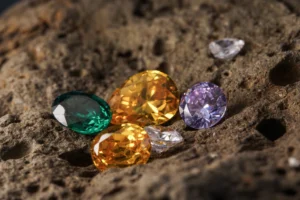
With the depletion of historical mines, new sources of gemstones have emerged. African countries, such as Mozambique, Madagascar, and Tanzania, are now producing high-quality rubies, sapphires, and tanzanites. While these stones may not yet command the same prestige as their Burmese or Kashmiri counterparts, their value is increasing as supply dwindles.
Additionally, ethical sourcing and sustainability concerns are shaping the future of the gemstone industry. Consumers are becoming more interested in ethically mined gemstones, and some new sources prioritize fair trade practices to ensure responsible mining.
The origin of a gemstone is one of the most significant factors influencing its value, desirability, and collectability. Stones from legendary mines such as Mogok, Kashmir, and Colombia are highly prized due to their exceptional quality and historical significance. Understanding a gemstone’s source, verifying its authenticity through certification, and considering market demand are all crucial steps in determining its worth. Whether for investment, jewelry, or collection, knowing the role of origin helps buyers make informed decisions and appreciate the true value of their gemstones.
Keywords: gemstone origin, gemstone value, Burmese ruby, Kashmir sapphire, Colombian emerald, gemstone certification, rare gemstones





